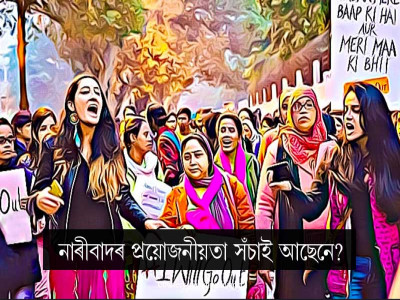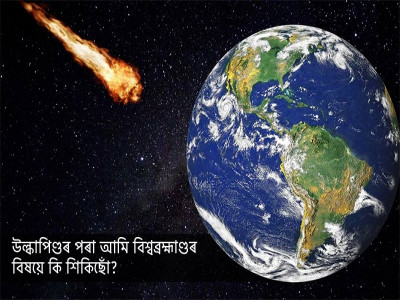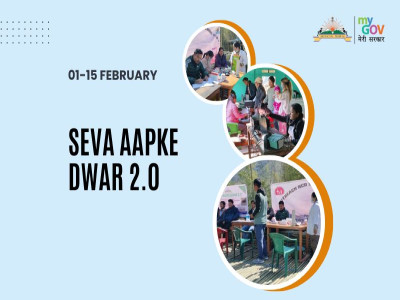
ARUNACHAL PRADESH AND ITS COLOURFUL DANCES
The rich culture and histories attributed to the land of the dawn-lit mountains accentuate the beauty of the biggest Northeastern state in India. Because of its diverse tribes, Arunachal Pradesh hosts several ethnic festivals. Each tribe of Arunachal has its own festival, and at each festival, they showcase their indigenous tribal dance form. At one glance, these dances may resemble mere expressions of joy, but if you look deeper, some of these dance forms are enacted with a specific purpose –
- Offering prayers / pleasing the Gods
- Narrating ancestral stories
- Aligning with the harvesting season, and so on.
Let’s look at some of these dance forms from the state of Arunachal Pradesh and learn the deeper purpose behind them –
Aji Lhamu:
Aji Lhamu is one of the most popular folk dances in Arunachal Pradesh. It belongs to the Monpa community of Tawang and West Kameng district. This dance form depicts the Tibetan version of the Ramayana, in which there are five characters to perform. Its characteristics are namely: Gueli, Nyapa&Nyaro, and Lhamu&Lhum. Each character in the dance has its own mythological origins. Gueli is the main protagonist, while Nyapo and Nyarok are the autonomists. Lhamu&Lhum are the two female characters, where Lhamu is the fairy from heaven who later on became the queen of Guali.
Yak Dance:
The yak plays a vital role in the prosperity and economy of the Monpa community. And the yak dance is performed to celebrate the discovery of yaks hundreds of years ago. The masked dancers represent the members of the family who were believed to have been the ones to discover them with the help of a magical bird.
Lion and Peacock dance:
Another popular dance in Arunachal is that of the Lion and Peacock. This dance unfolds the story of Saint Tenteling, who was on an extremely difficult fast and meditation in the Himalayas for three years. The dance goes on to depict how a lion and peacock witnessed him performing this challenging task, and befriended him, offering him their company, along with milk for food.
The lion and peacock dance represents prosperity which can be attained when there is complete harmony and cooperation among all living things on Earth.
The Ponung dance:
The Adi tribe of Arunachal Pradesh is well known for its traditional folk dances, one of which is the Ponung dance. This dance is performed by a group of young girls only, where they offer prayers to God for a good harvest and the well-being of the family members and society. Apart from the girls, only one other man participates in this dance, who is known as the Miri (Priest). During the performance, he rattles an ancient sword and sings tales of legends.
Daminda:
Daminda is an artistic dance that belongs to the Apatani tribe and is performed during the three-day-long agricultural festival called "Dree". This dance marks the beginning of the rice sowing season and is accompanied by prayers for a good harvest and protection from natural calamities.
Rikham Pada:
Rikham Pada is a medley of dances and songs performed by the Nyishi community of Arunachal Pradesh. They believe that this dance was introduced by their original ancestor, "Abo Tani", and is performed in honour of their God. Rikham Pada is one of the most popular dances in the state.
Dancing has long been a source of happiness for many communities surpassing nations and borders. It is an excellent way to express one’s emotions and can also be used to reveal ancient traditions and cultural heritages. Arunachal’s dances are vibrant in nature and range from religious dramas to ancient story-telling, which can be best enjoyed by being present during the performances and joining the friendly and kind-hearted people in their festive celebrations.
I would like to urge all of you reading this piece to visit Arunachal Pradesh at least once during its festive celebrations and immerse in the vibrant dances of the various communities to have the best cultural experience in its truest form.
Disclaimer: The opinions expressed in this article are those of the author's. They do not purport to reflect the opinions or views of The Critical Script or its editor.

Newsletter!!!
Subscribe to our weekly Newsletter and stay tuned.

















Related Comments